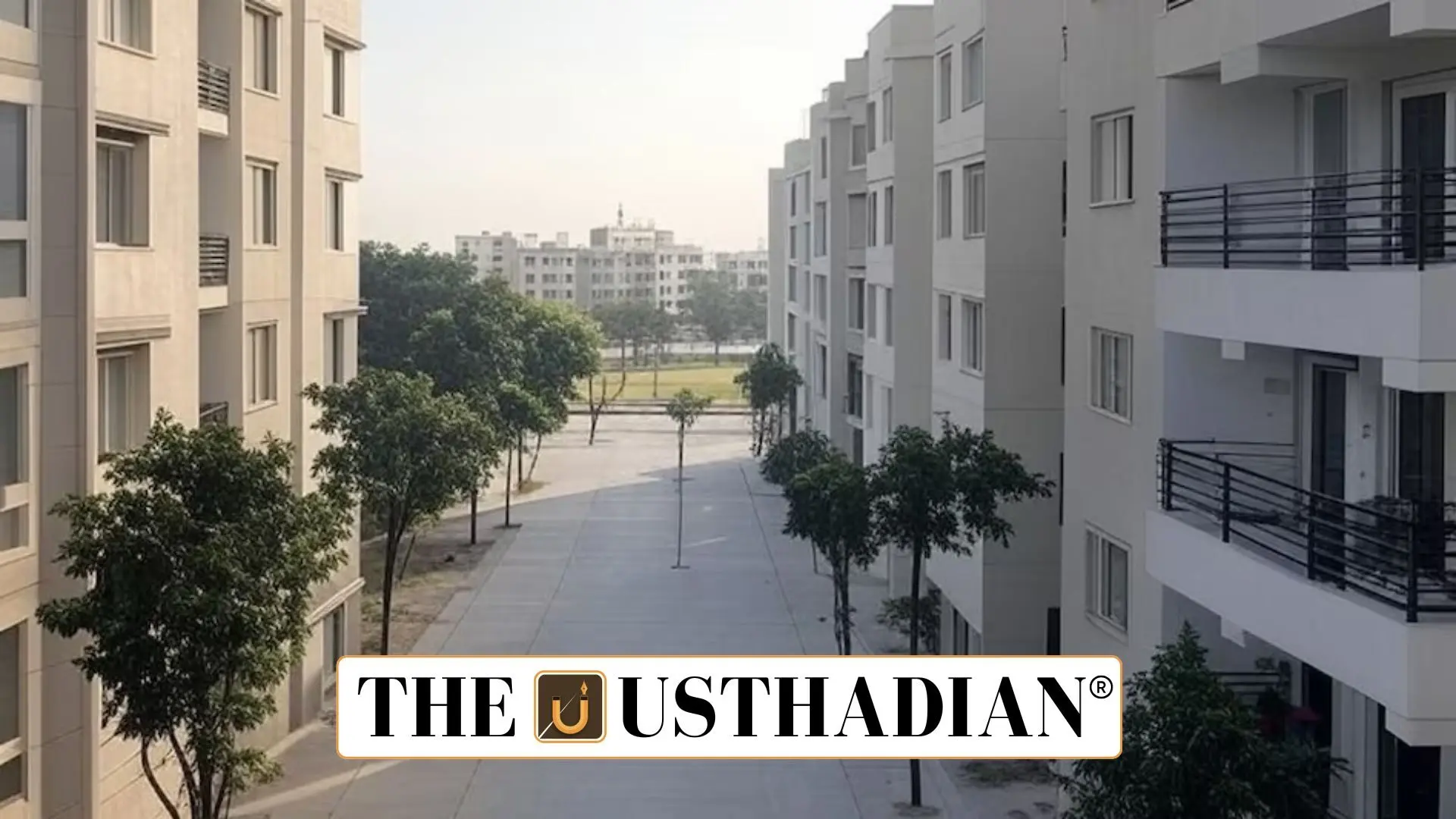A Powerful Rural Revival Begins
PMAY-G Extended to 2029: A Deeper Push for Rural India’s Housing Dream: India’s rural housing revolution is getting a second wind. The Pradhan Mantri Awas Yojana – Gramin (PMAY-G), a flagship welfare scheme launched in 2016, has been extended till March 2029. The goal is bold—2 crore new homes for families still living in makeshift or unsafe shelters. This isn’t just about construction. It’s about dignity, safety, and a shot at a better life.
Massive Target for January 2025
To kick off this next phase, the government plans to approve 10 lakh homes in a single month—January 2025. That number is not symbolic. It’s a move to build momentum quickly, energize local construction and labour markets, and get the groundwork ready before the monsoon slows everything down.
Why PMAY-G Stands Out
PMAY-G is different from earlier housing schemes. It gives control to the beneficiaries—families get direct bank transfers to build their own homes. Many use local materials and involve local masons, making the process more affordable and personal. Thanks to geo-tagged monitoring apps, officials can track progress in real-time, which has reduced corruption and delays.
A Budget That Matches the Vision
In FY 2024–25, the scheme received its highest-ever allocation—₹54,500 crore. That’s a strong message: rural housing isn’t a side project—it’s a national priority. States have been told to pick up the pace—clear pending files, complete older homes, and start new ones fast.
Broader and Fairer Eligibility
This time around, the scheme is being made more inclusive. Families that were earlier left out now get a second chance. These include landless households, widows, differently-abled persons, and families living in kuchha (temporary) homes. Also, homes are encouraged to be jointly owned by women, promoting gender equality at the grassroots level.
More Than Just Walls and Roofs
Let’s take a real-life example. Rani Devi, a widow from Bihar, used PMAY-G funds to build a two-room house with a toilet. Before this, she lived under a leaking tin roof. Her new home brought respect, stability, and security—not just bricks and cement. Such stories are repeating across India’s villages.
Areas That Need Improvement
Despite its reach, PMAY-G still has gaps. In some states, approvals are slow, and construction quality can be uneven due to lack of skilled labour. Often, basic utilities like water and electricity arrive late, and remote monitoring isn’t always reliable. These issues need fixing over the next five years.
A Holistic Rural Future
The government now aims to integrate PMAY-G with schemes like Jal Jeevan Mission (tap water), Swachh Bharat Abhiyan (toilets), and rural electrification. The vision is broader: create liveable, hygienic, and sustainable communities, not just shelter.
STATIC GK SNAPSHOT FOR COMPETITIVE EXAMS
PMAY-G Extended to 2029: A Deeper Push for Rural India’s Housing Dream:
| Topic | Details |
| Scheme Name | Pradhan Mantri Awas Yojana – Gramin (PMAY-G) |
| Launch Year | 2016 |
| Extension Valid Till | March 2029 |
| Total New Target | 2 crore houses |
| Budget Allocation (FY 2024–25) | ₹54,500 crore (highest ever) |
| January 2025 Milestone | 10 lakh homes to be sanctioned |
| Eligible Groups | SC/ST, landless, women-led families, differently-abled |
| Construction Model | Beneficiary-led, with geo-tag tracking |
| Ministry Involved | Ministry of Rural Development |








